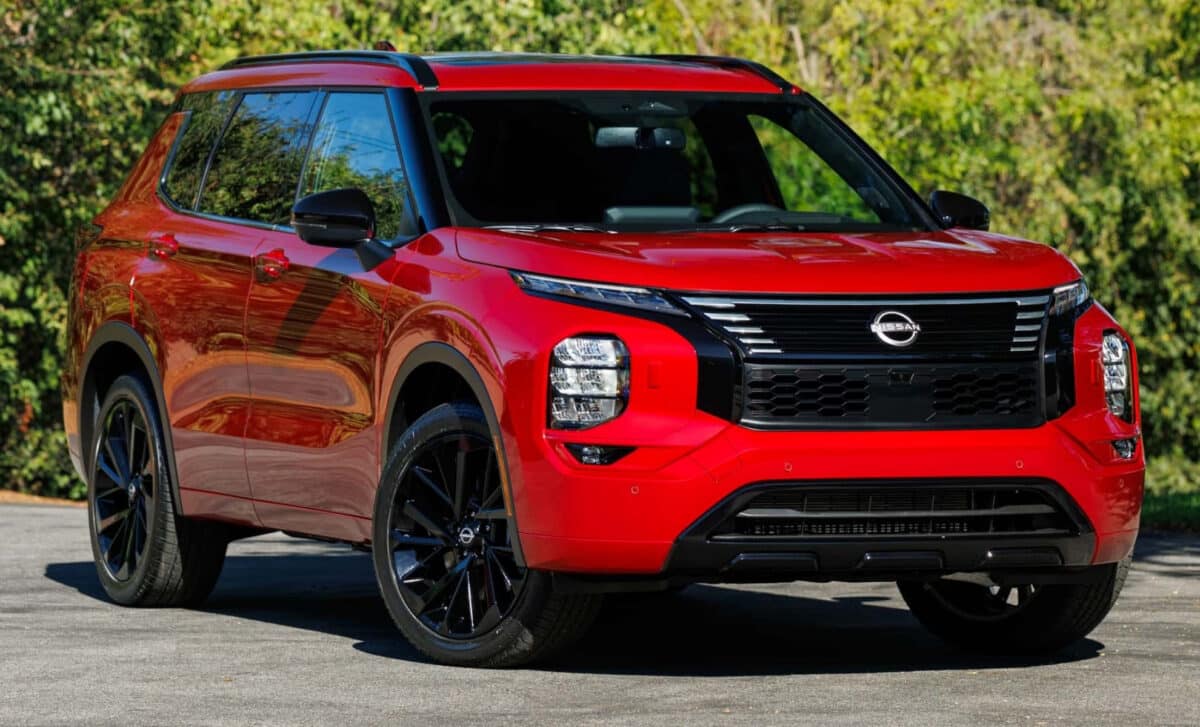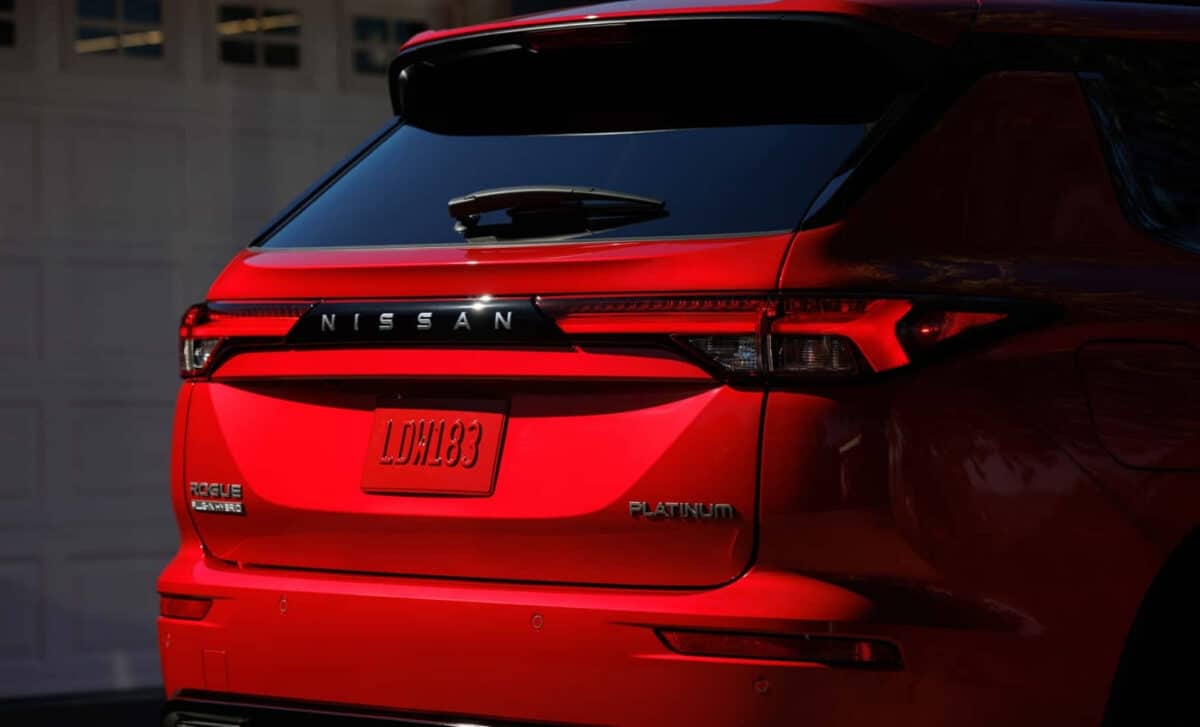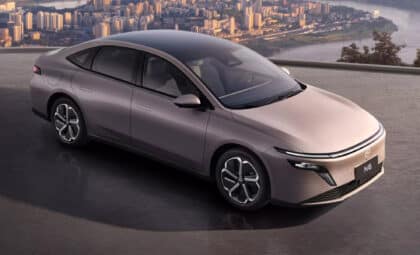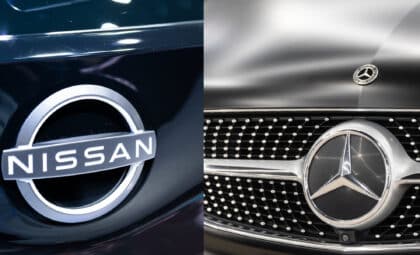Set to be unveiled at the Los Angeles Auto Show, the 2026 Nissan Rogue Plug-In Hybrid marks the brand’s first PHEV offering in the U.S. market. But rather than a ground-up development, Nissan has opted for a strategic shortcut through badge engineering, delivering a crossover that’s technically been on the road for a while — just with a different badge.
The third-generation Rogue has already spent five years in the lineup, so introducing a PHEV variant this late signals a transitional move rather than a long-term strategy. It also highlights Nissan’s growing reliance on alliance partner Mitsubishi for hybrid tech. With the automaker planning an all-new Rogue generation by fiscal year 2026, this new plug-in model may have a relatively short shelf life.
Familiar Platform Under a New Badge
The 2026 Rogue PHEV is mechanically identical to the Mitsubishi Outlander PHEV, right down to the engine code. As Motor1 reports, the presence of Mitsubishi’s “MMC 4B12” engine code makes the shared DNA unmistakable. It pairs a 2.4-liter naturally aspirated gasoline engine with two electric motors — one at each axle — delivering 248 horsepower and 332 lb-ft of torque.
Its 20-kWh lithium-ion battery enables 38 miles of electric-only range, and when combined with the gasoline tank, the total range extends to 420 miles. Charging on a Level 2 home setup takes about seven and a half hours. Nissan has made minimal changes beyond the grille, which aligns more closely with models like the Sentra and Leaf, lending the Rogue a slightly more familiar brand face.

Two Trims, Familiar Features
Despite the shared architecture, the Rogue PHEV maintains some Nissan-specific packaging. The vehicle will be offered in two trims — SL and Platinum. Both versions come with standard all-wheel drive, seven-passenger seating, and a suite of driving modes, including Normal, Power, Eco, Tarmac, Gravel, Snow, and Mud.
Standard features across both trims include a nine-inch touchscreen display, a 12.3-inch digital instrument cluster, heated front seats, a leather-wrapped steering wheel, and four USB ports. According to Nissan, stepping up to the Platinum model adds more premium touches such as leather upholstery, second-row sunshades, a panoramic electric sunroof, a 10-inch head-up display, and a nine-speaker Bose audio system.

Transition Before the Next-Gen Shift
While the debut of the Rogue PHEV might suggest a new direction for Nissan, the window for this model could be short-lived. Nissan has already confirmed that the fourth-generation Rogue will enter production during Japan’s fiscal year 2026, which runs from April 2026 to March 2027.
That next-gen model is expected to introduce e-Power technology, a series-hybrid system where the internal combustion engine doesn’t power the wheels but instead charges the battery — a significant leap from the current PHEV setup.
Whether Nissan’s future PHEV efforts will be developed in-house or again rely on Mitsubishi Motors remains unclear. The 2026 Rogue PHEV appears to serve as a stopgap, giving the brand a near-instant entry into the hybrid market while broader electrification strategies are finalized.
With no pricing yet announced, the only benchmark is the Mitsubishi Outlander PHEV, which starts at $42,675 including destination.









